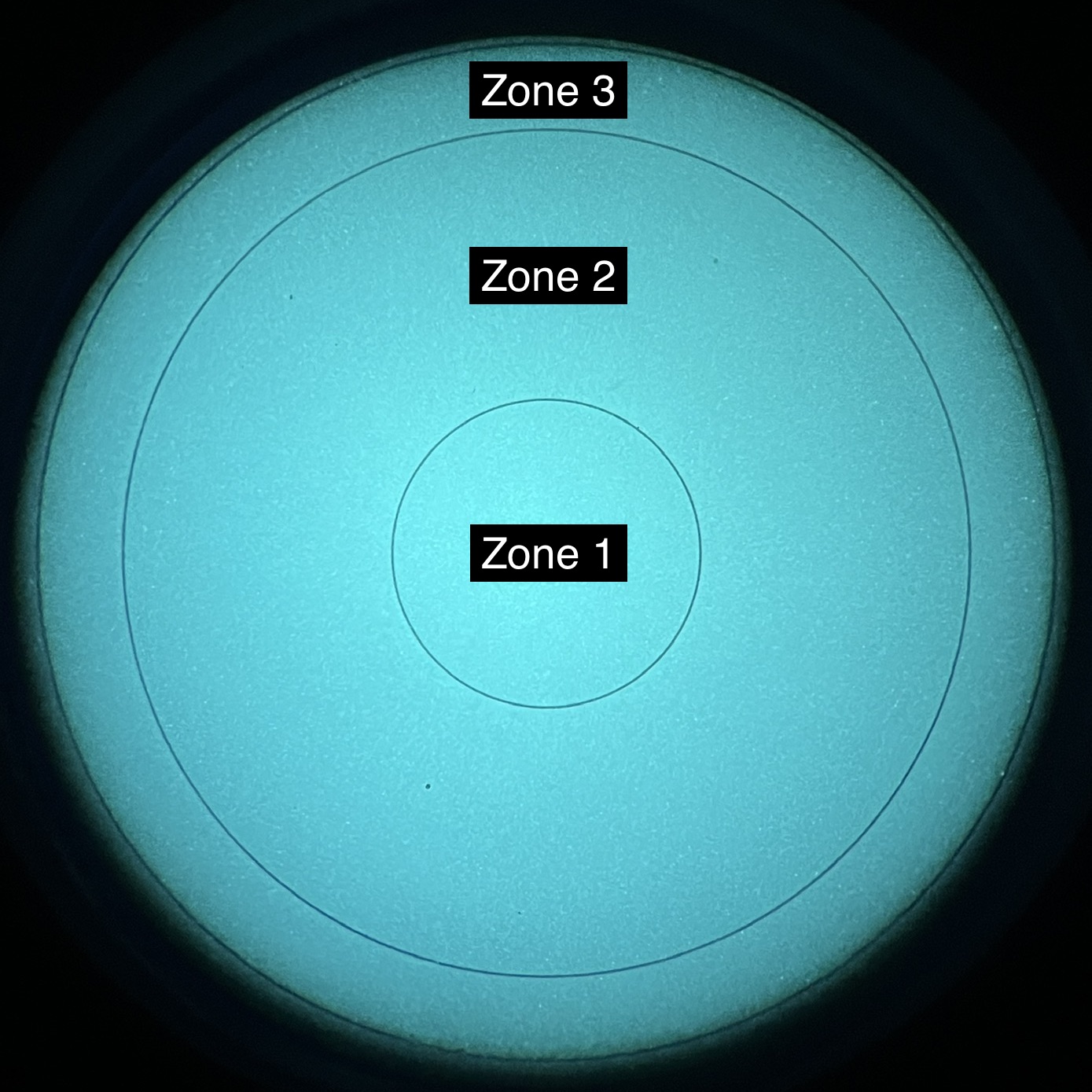| Finish | Polymer body (glass/carbon filled) |
| Capability |
Flip-Up On-Off |
| Gain Control | Variable (manually adjustable). Requires tube type mx11769 or mx10160 with EGAC added. |
| Magnification | 1x |
| Lens System | F/1.2 |
| FOV | 40° |
| Range of Focus | 0.25 m to ∞ |
| Diopter Adjustment | +2 to -6 |
| Infrared Illuminator | Yes |
| Power Supply | AA |
| Battery Life | ~40 Hours (Alkaline), up to ~70 Hours (Lithium) |
| Dimensions | 4.5"L X 2.5"W X 2.75"H |
| Weight | 307g (10.8oz), depending on optics and tubes |
| Standards | Complies with MIL-PRF-49324(CR), MIL-PRF-49427(CR) and MIL-STD-810H (supersedes G). |
Units will ship within 5 business days. Please contact us if you would like to upgrade to an RVM-14 housing and / or utilize RPO Lightweight Optics.
Full kit contains PVS-14 with L3Harris unfilmed 24UA aviation tube, data sheet from L3Harris, objective lens cover, eyepiece cover, cleaning wipes, AA battery, Apollo stickers / decals.
- L3Harris Unfilmed ("Filmless")
- Gen 3, White Phosphor, Autogated.
- Unlimited FOM, Military Spot Spec.
- Aviation spot spec permits spots larger than .003" only in zone 3. Please note that all night vision contains small spots, aka peppering, to some degree under the countable spot threshold, which is permissible in all zones.
- See "Spec Key" and "Helpful Info" dropdowns above for more info.
-
These units utilize Gen 3 white phosphor tubes from L3Harris which 24UA aviation grade
- These units are built utilizing the Noctis Technologies PVS14 build kit OR the Exelis (Elbit Systems) PVS14 build kit
Versatility
The PVS-14 is generally considered to be the most versatile night vision device available. They can be worn helmet mounted, hand-held, mounted to a telescope, camera, or other magnified optic for astronomy or surveillance. Their small size means they are easy to travel with and carry. They are small enough to fit in a GP pouch on a plate carrier without being obstructive.
Adjustable Gain
PVS-14s have variable gain adjustment and control.
Gain control gives the user the ability to increase or decrease the tube brightness.
Under extremely dark conditions, variable gain (also referred to as manual gain) allows the user to adjust the gain upward, giving a brighter image.
Under higher light conditions, the user can decrease the gain for a cleaner image or to prevent the washout of fine details in high light.
Additional features of the PVS-14 include an onboard IR illuminator and a red LED indicator light (light pipe) internal to the device (behind the tube) which signals IR is active or battery is low.
The PVS-14 allows the user to retain their night adapted vision in one eye while viewing their illuminated surroundings through eyepiece of the PVS-14. On the other hand, binocular night vision gives the user better depth perception, and if it includes articulation, the ability to also use a monocular similar to a PVS-14 (by rotating one pod out of the way).













































